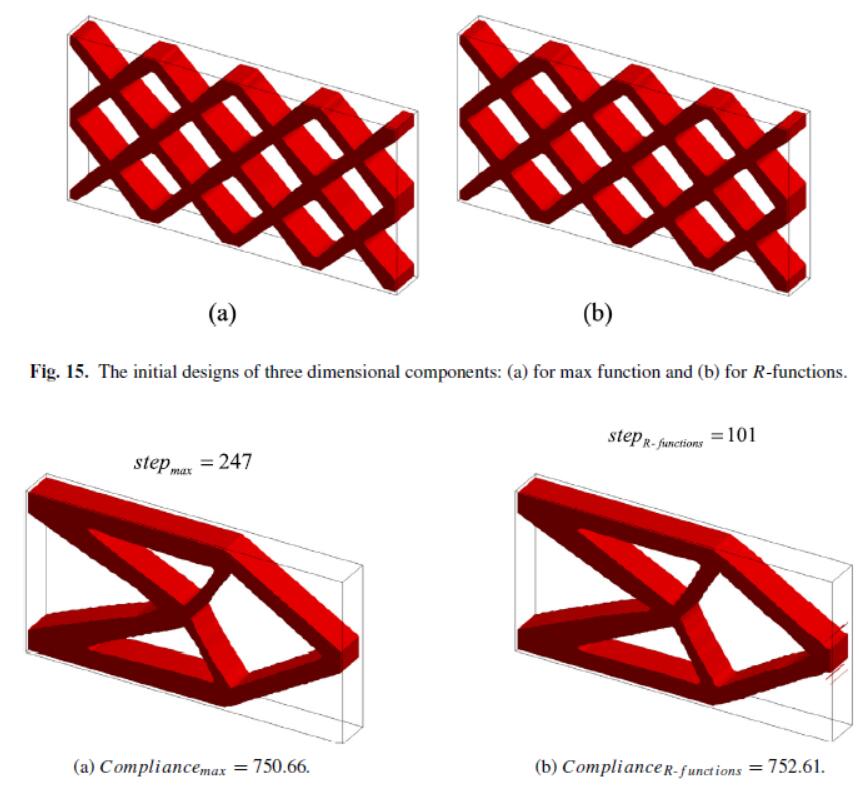Structural Design Optimization Using Isogeometric Analysis: A Comprehensive Review
Isogeometric analysis (IGA), an approach that integrates CAE into conventional
CAD design tools, has been used in structural optimization for 10 years, with plenty of excellent
research results. This paper provides a comprehensive review on isogeometric shape
and topology optimization, with a brief coverage of size optimization. For isogeometric
shape optimization, attention is focused on the parametrization methods, mesh updating
schemes and shape sensitivity analyses. Some interesting observations, e.g. the popularity
of using direct (differential) method for shape sensitivity analysis and the possibility of developing
a large scale, seamlessly integrated analysis-design platform, are discussed in the
framework of isogeometric shape optimization. For isogeometric topology optimization
(ITO), we discuss different types of ITOs, e.g. ITO using SIMP (Solid Isotropic Material
with Penalization) method, ITO using level set method, ITO using moving morphable
com-ponents (MMC), ITO with phase field model, etc., their technical details and
applications such as the spline filter, multi-resolution approach, multi-material problems
and stress con-strained problems. In addition to the review in the last 10 years, the current
developmental trend of isogeometric structural optimization is discussed.


